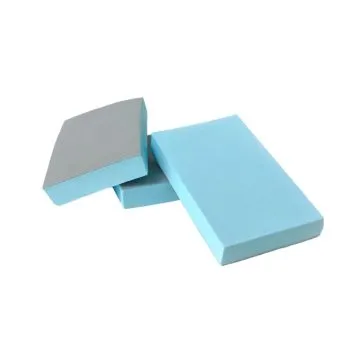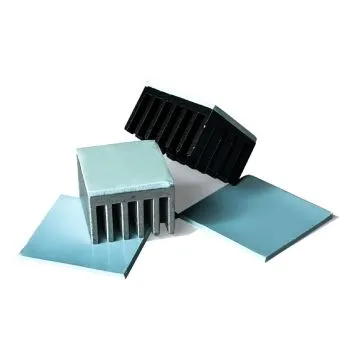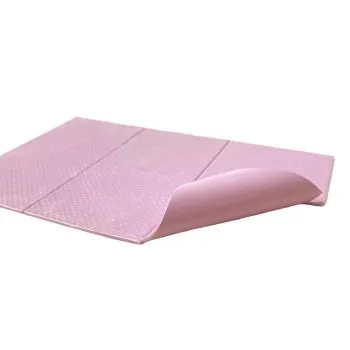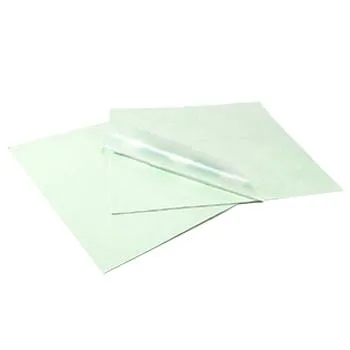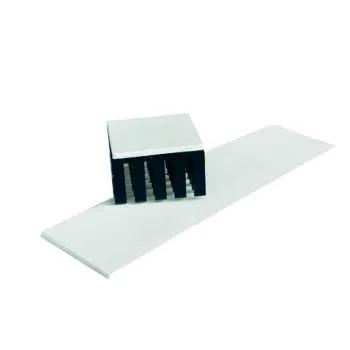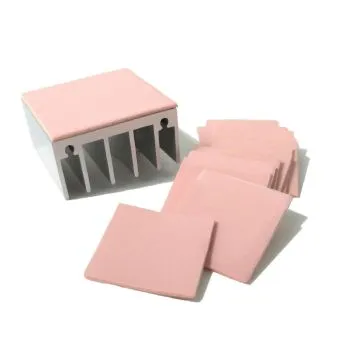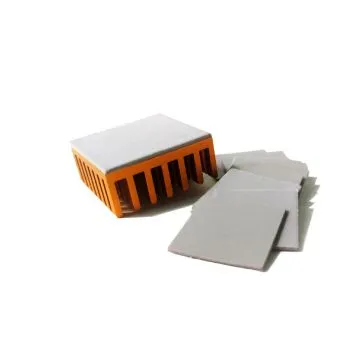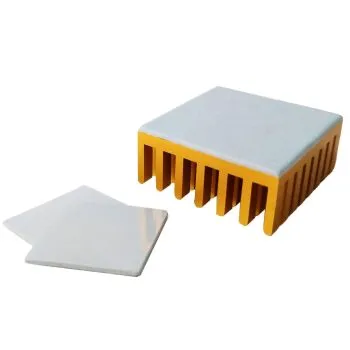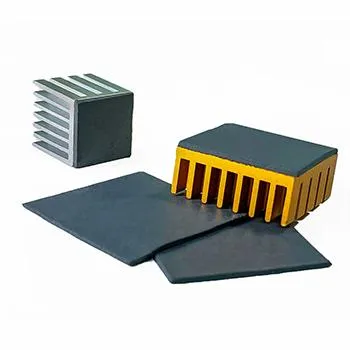In accordance with the European Union’s General Data Protection Regulation (GDPR), we are committed to safeguarding and ensuring your control over your personal data. By clicking “Accept All” you are permitting us to use cookies to enhance your browsing experience, assist us in analyzing website performance and usage, and deliver relevant marketing content. You can manage your cookie settings below. By clicking “Confirm” you are agreeing to the current settings.
PRODUCT CATEGORY
Thermal Interface Materials
| Heat Theorem | ||
|---|---|---|
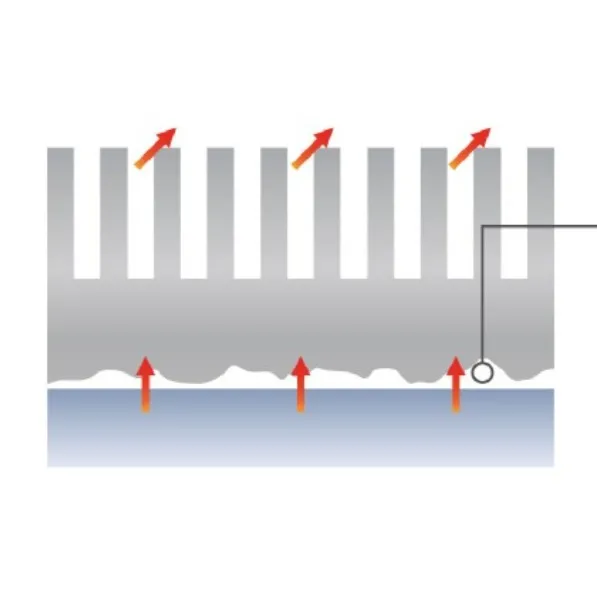 |
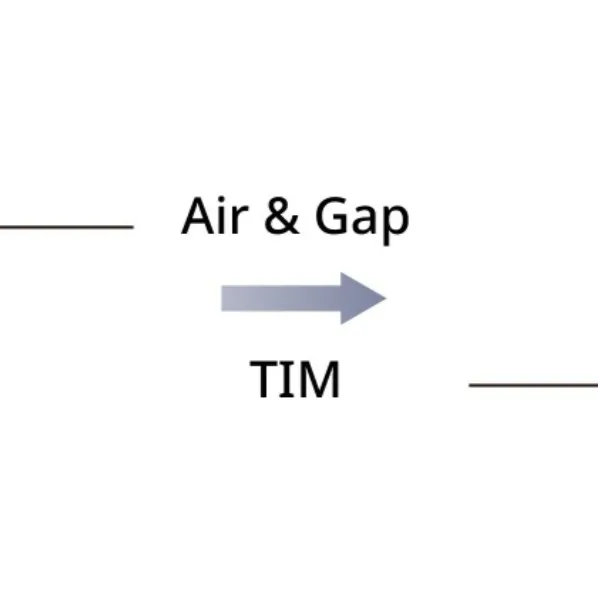 |
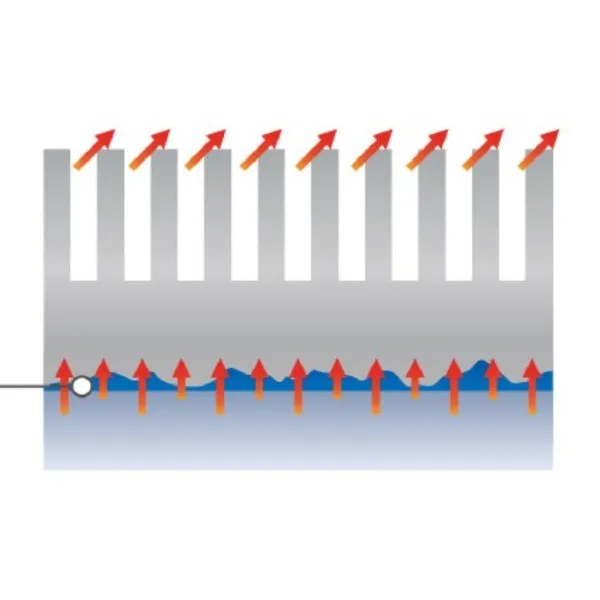 |
|
The surface of different components may have unevenness that is not visible to the naked eye, which greatly reduces the contact area between the two surfaces. |
||
Selection Guide
Vertical |
||||||
|---|---|---|---|---|---|---|
| Plate | Paste | Special type | ||||
| High thermal conductivity | High viscosity | Low thermal resistance | High viscosity | Mature curing | Fast cooling | Insulation |
Thermal Pad |
Thermal Tape |
Thermal Paste |
Thermal Putty |
Potting Compound |
Phase Change Materials |
Thermal Insulation Rubber Cap |
| It can effectively reduce the contact thermal resistance between the surface of heat source and the contact surface of heat dissipation components. | With high thermal conductivity, high adhesiveness and low thermal resistance |
Effective in filling uneven surface areas |
A thermal interface material with a softness between thermal grease and thermal pad | Protecting electronic components from influences from the external environment after being cured | Good fluidity of the material after melting, it can completely fill the uneven gap on the surface. | Easy to install components, Reducing product weight |
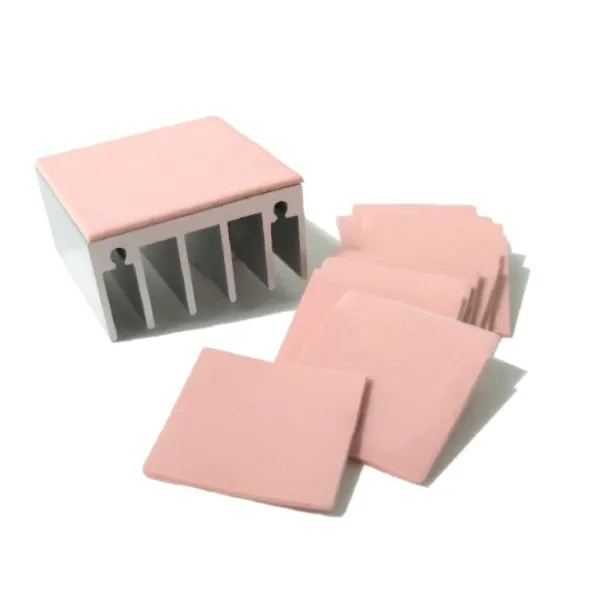 |
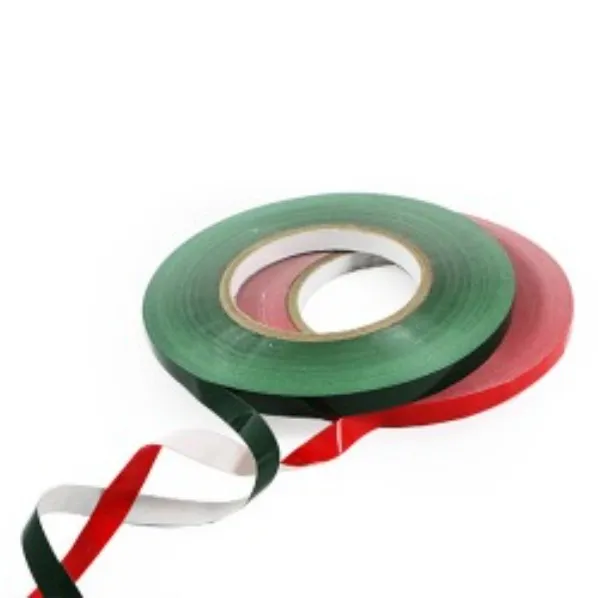 |
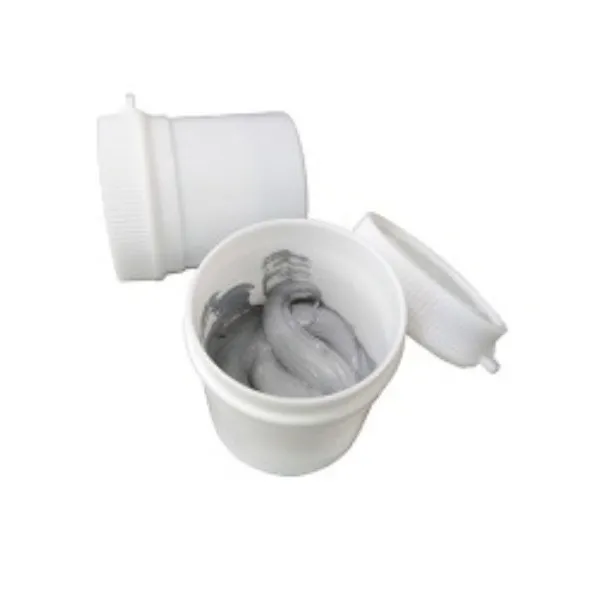 |
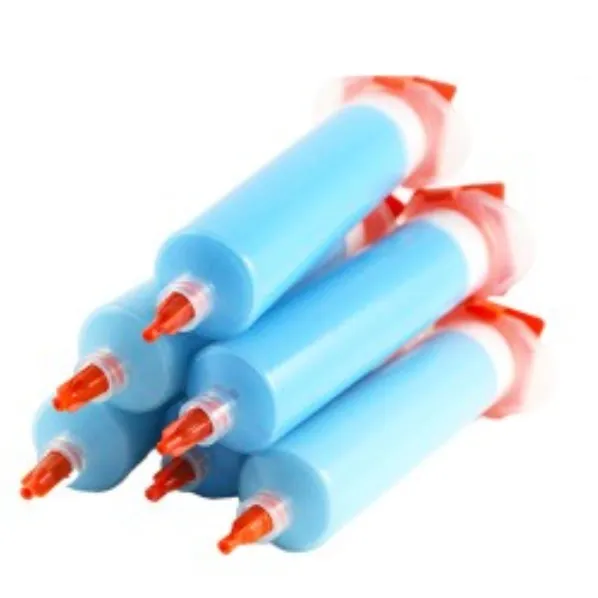 |
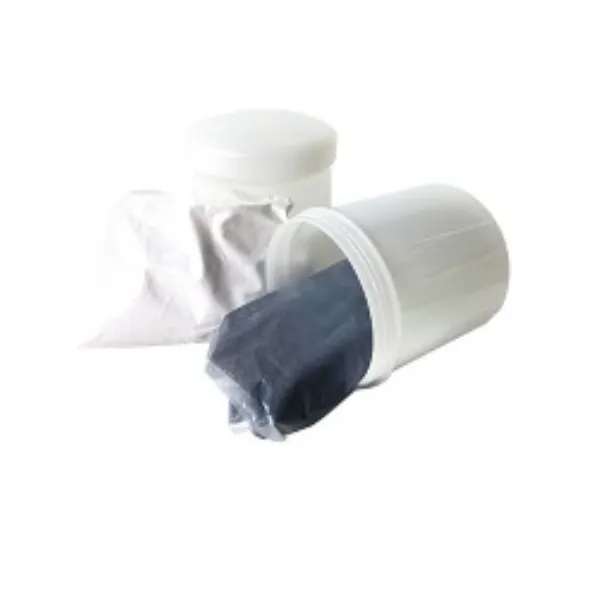 |
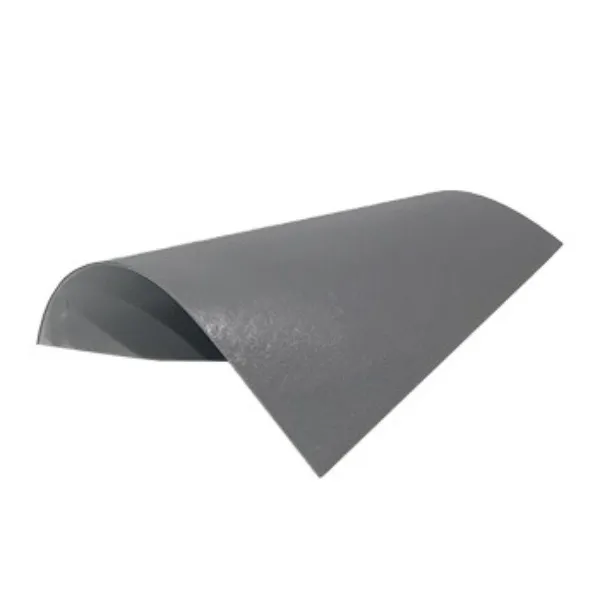 |
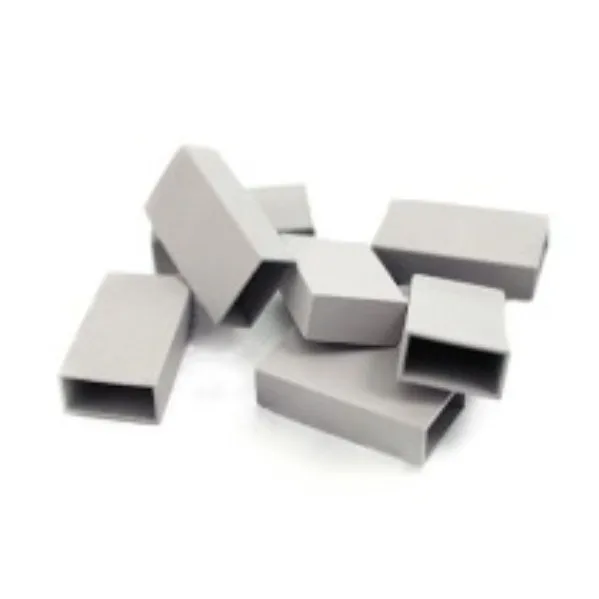 |
Horizontal |
|||
|---|---|---|---|
| Graphite Sheet | Thermal Composite Material | ||
| Thin and light | Containing copper foil | bendable | Good insulating, good tensile strength |
Graphite Sheet |
Graphene |
Heat Spreader |
Thermal Insulator |
| Ultra high thermal conductivity, electrical conductivity, and EMI shielding effect | Graphene has good horizontal conductivity, and will not have the problem of peeling and powder falling. |
Metal-based, with a radiant paint coating, can more effectively in product’s heat dissipation. |
Polyimine is used as a substrate and is commonly used in electronic products that require high electrical insulation. |
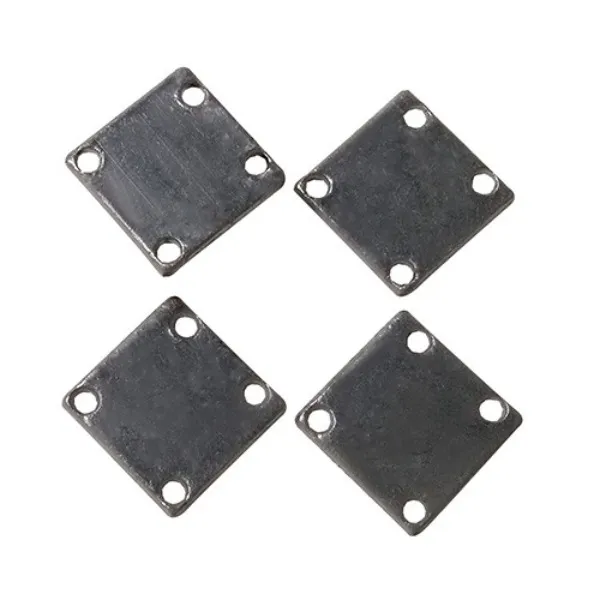 |
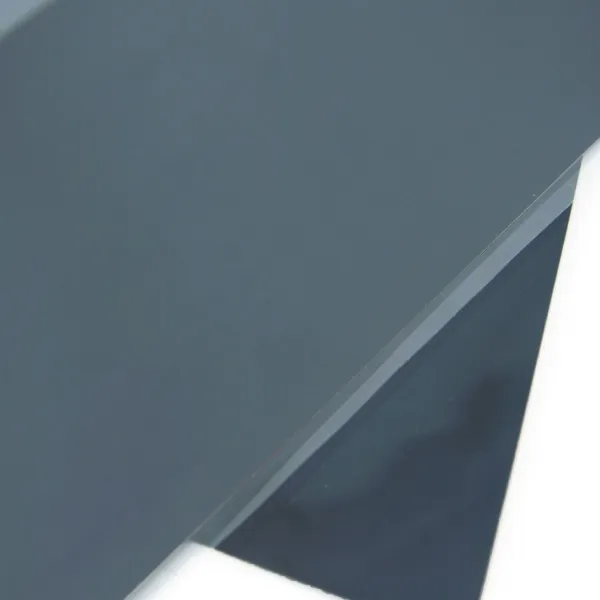 |
 |
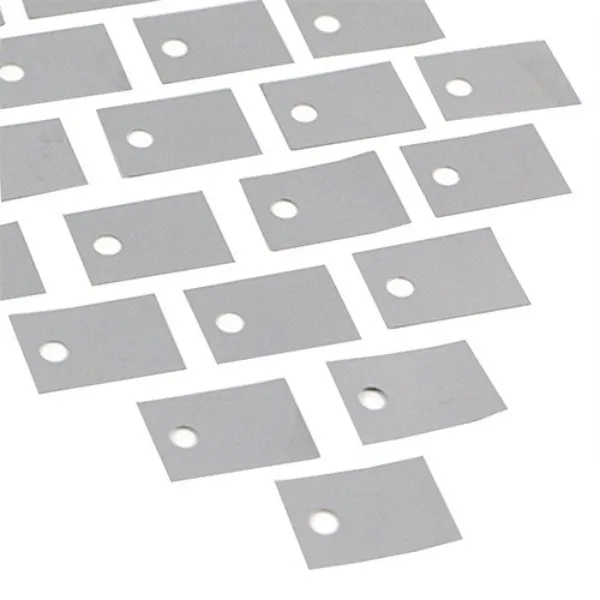 |
All heat dissipation begins with thermal conductivity.


